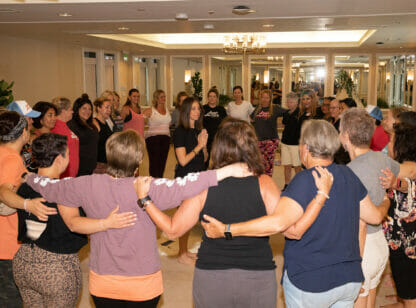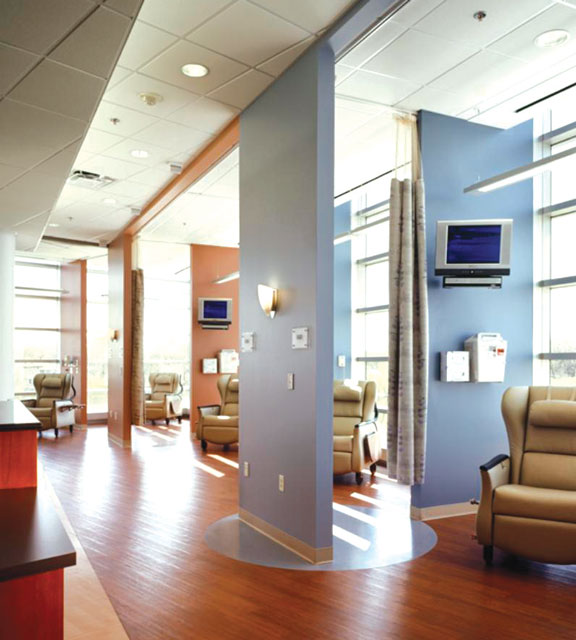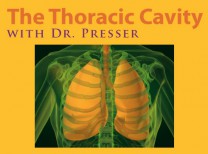Skin cancer is one of the most common cancers in the United States with an estimated 3.5 million plus cases diagnosed each year. In fact, the incidence of skin cancer has risen steadily over the past decade and is particularly common here in the desert valley where sun exposure is prolonged and the UV index is high.
Squamous cell carcinoma (SCC) and basal cell carcinoma (BCC) are the two most common types of skin cancer. Collectively, they are referred to as non-melanomatous skin cancers (NMSCs). Although rarely metastatic, these NMSCs can still produce substantial skin damage and disfigurement. In more advanced cases there may be damage to underlying soft tissue, cartilage, and bone.
Surgical removal is the primary treatment in the vast majority of skin cancers. Modern surgical techniques such as Mohs surgery offer good disease control and cosmetic outcomes in most instances. The majority of body skin is amenable to both excision and grafting. However, certain parts of the body such as the nose, eyelids, and lips may be particularly sensitive to surgical therapy. In these cases and in cases where there would be a large surgical defect, radiation therapy may offer a less obtrusive and disfiguring outcome. Radiation therapy has the ability to target and treat cancer by damaging the DNA within cancer cells.
Focused radiation therapy treatment offers a non-invasive alternative to surgical treatment with no needles or scalpels involved. They deliver excellent cosmetic outcomes after treatment, even in sensitive areas such as the nose, lips, and ears.
The first type of focused radiation therapy is called electron therapy. This consists of a focused beam of energy particles that target the cancer cells on the surface of the skin. These beams are very superficial and penetrate only a few millimeters of depth into the skin, thus sparing the underlying soft tissues. Electron therapy is given consecutively on a daily basis for a prescribed number of treatments. The total treatment time is typically less than 15 minutes per day. During each of these treatments, the skin cancer cells are attacked and killed while surrounding healthy skin fully repairs itself. This results in preferential killing of cancer cells while sparing surrounding soft tissues.
The other form of focused radiation therapy is skin brachytherapy. A small, non-invasive applicator containing the treatment source is placed on the skin surface. A localized treatment is given to the skin cancer while sparing surrounding healthy skin. A full therapeutic course entails a total of six treatments, each only a few minutes long. Skin brachytherapy is particularly suited for small, superficial lesions and offers excellent cosmetic and treatment outcomes.
Focused radiation therapy has been shown to be highly effective in treating skin cancer. There is minimal recovery time needed and the therapy leaves no surgical scars or defects. Be sure to ask about radiation therapy as a skin cancer treatment option.
Dr. Ling is a board-certified radiation oncologist with 21st Century Oncology based in Palm Desert, Rancho Mirage, and Yucca Valley and a member of Desert Doctors. For questions, please contact (760) 200.8777 or visit socal.21co.com/local. www.DesertDoctors.com















































Comments (0)